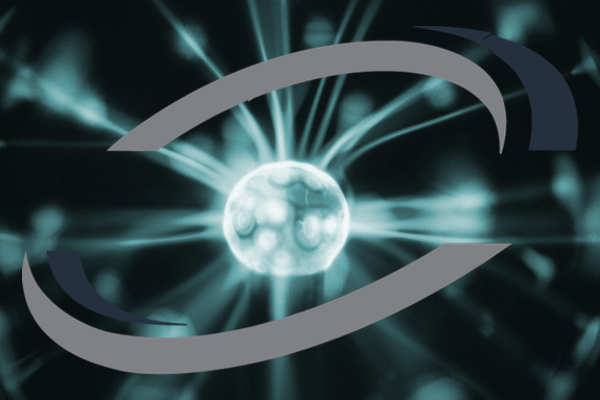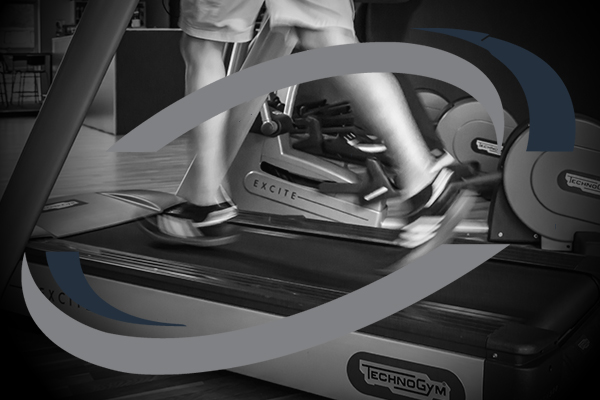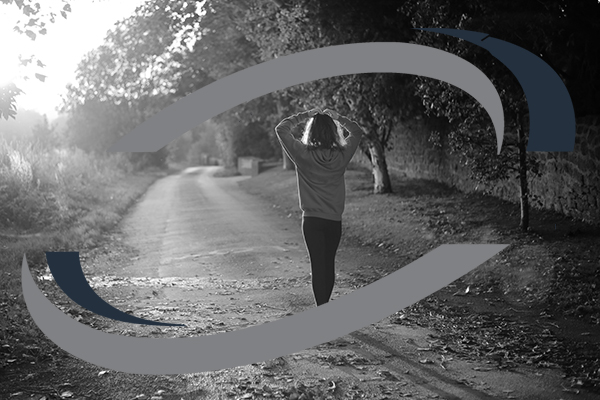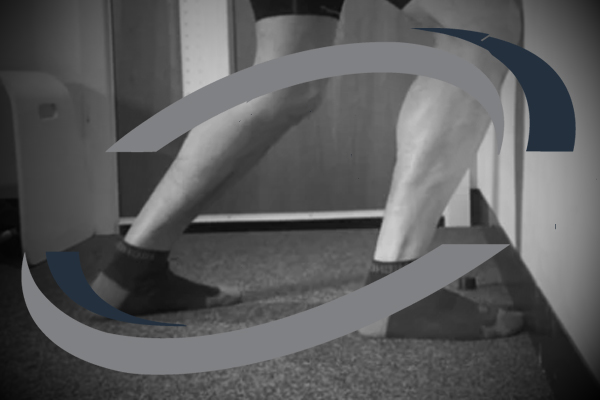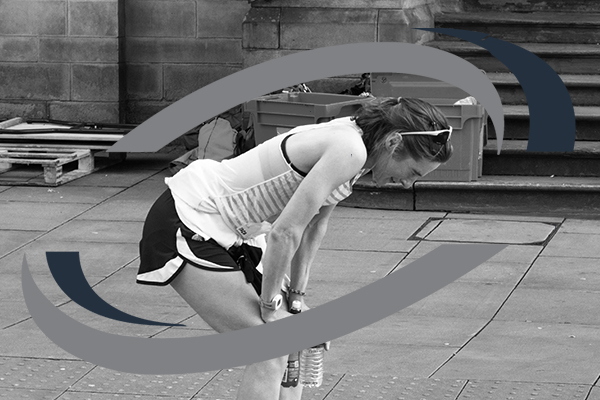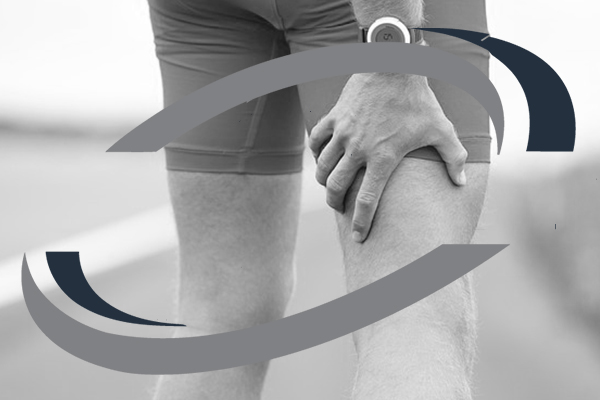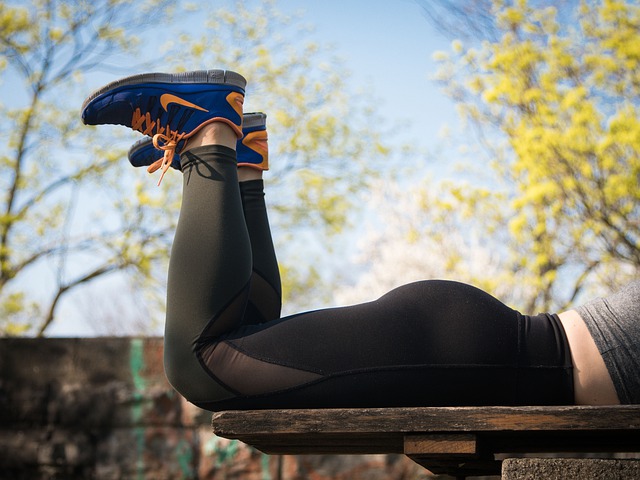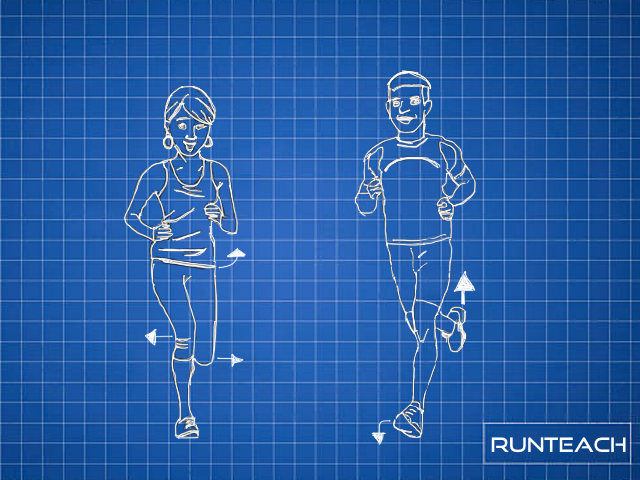In an earlier post I mentioned that we can improve our ability to run better and safer in the dark. One way of doing this is to work on our peripheral vision, and another way is to improve our proprioception.
“What’s propieception?” you ask. The easiest answer is that it is the brain’s way of knowing where our body is in 3D space when stationary and when moving. As I’m sure you can guess, this is very important when we are running and critical to reduce our fall risk.
How does it work?
Now I won’t get all technical with how it works, but the essence is that we have sensors known as mechanosensory neurons located at our joints and within our skin, muscles and connective tissue. These sensors send messages via our nervous system to our brain to be referred against a central map of our body. If we don’t move a body part well, or don’t use it as it was designed, the brain’s body map goes out of date. Because we aren’t consciously aware of the proprioceptive messages, poor movement becomes the norm without us even realising it. I see this all the time when I carry out the RunTest assessments. It’s not until a runner sees themselves on video that they see their hips are dropping or their foot is turning out, or their arms are sticking out like chicken wings.
Bio-automation
Add to this that our walking and running gait are automatic processes called Central Process Generators (CPGs) that don’t need any external sensory input in order to function. If the movement patterns are poor and we are not overriding the CPGs with good sensory input, the central body map becomes incorrectly updated. This can lead to ever-worsening movement patterns that effectively write poor quality code for the CPGs to execute. The risks of these poor movement patterns are overuse injuries, unexplained pain, and when it comes to running in the dark, an increased risk of tripping or falling.
Most of us are so reliant on our vision when it comes to balance and coordination that when we take it out of the picture, or it’s severely restricted as it is when running in the dark, we don’t have the skills to run as well or as safely as we could.
Warming up
So, what can we do about it? Fortunately, there are lots of simple & short exercises that you can do to improve the proprioceptive skills that we need for running. A great starting point is to update your brain’s central body map. You can do this in a number of ways, and I like to start by doing a bit of a weird neurological warm up. As you’ve probably come to realise, I don’t always do things the same way as everyone else – as Jason Zook says: “own your weird”!
What I do instead is spend a lot of time finding the information and exercises that actually make a difference, even if they are a bit odd looking. The neurological warm up is one such exercise. This one is from Dr. Cobb at Z-Health (yep, I like Dr. Cobb!) and you can find it here.
I’ve created a PDF Version you can download here.
Get into the habit of doing this warm up (or a version of it) before any activity and you’ll very quickly update your central body map and start to perform better.
Over the next few weeks I’ll share a number of other exercises that you can do to keep improving your proprioception and your ability to run faster and safer, whether in the dark, on the freezing ground or in the glorious winter sun.

